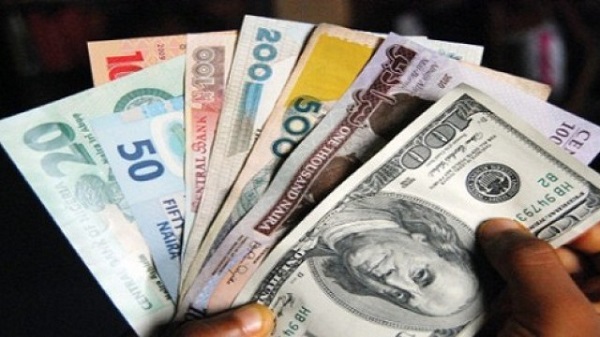Currency in circulation jumps to N2.53tn – CBN

Currency in circulation in the country rose by 157.27 per cent at the end of March to N2.53tn as of the end of May, latest figures from the Central Bank of Nigeria have revealed.
According to figures obtained by media source from the CBN, the currency in circulation in the country gained N1.54tn in the period under review.
It had earlier dipped by a 235.03 per cent to N982.09bn at the end of February from N3.29tn at the end of October 2022, on the back of the naira redesign policy of the CBN.
Figures obtained from the CBN revealed that N2.3tn was mopped up from circulation during the period under review.
“Currency-in-circulation is defined as currency outside the vaults of the central bank; that is, all legal tender currencies in the hands of the public and in the vaults of the Deposit Money Banks,” according to CBN.
The CBN stated that it employed the ‘accounting/statistical/withdrawals and deposits approach’ to compute the currency in circulation in Nigeria.
This approach involved tracking the movements of currency in circulation on a transaction-by-transaction basis.
The former Governor of the CBN, Godwin Emefiele, had in October 2022, announced plans to redesign the old N200, N500 and N1,000 notes.
Emefiele also announced deadlines for Nigerians to swap their old notes with the new notes.
The former governor decried the challenges associated with currency management, including the hoarding of banknotes by members of the public, with statistics showing that over 80 per cent of currency-in-circulation was outside the vaults of commercial banks.
Other challenges, he added included a shortage of clean and fit banknotes with an attendant negative perception of the CBN and increased risk to financial stability and increasing ease and risk of counterfeiting evidenced by several security reports.
However, after some state governments sued the Federal Government over the naira redesign policy, due to the hardship it subjected Nigerians to, the Supreme Court in its ruling on March 3 extended the legal tender status of the old N200, N500, and N1,000 notes to December 31.
The CBN however delayed in implementing the court order until March 13 before instructing the banks to obey.
In a report by a research firm, Augusto&Co, titled ‘Redesign gone wrong? – Costly cashless’, while the policy was still on, it stated that, “How does the Central Bank retrieve 84.5 per cent of a country’s currency in circulation in just 90 days?
“This was one of the many questions seemingly begging for answers when Nigeria’s apex bank announced its plan to redesign the three higher value notes of the naira (N200, N500 and N1,000) on 25 October2022.”
A performance appraisal of the CBN’s execution of the redesign project would range from grossly unprepared to poorly perceived, it stated.
Speaking on the consequences during the implementation, Augusto&Co said, “Public outrage has degenerated to violent protests in some cities, with incidents of vandalism of several banks’ facilities – and PoS outlets.
“The cash crunch and the uncertainty surrounding the policy are fanning a long-simmering fire of public resentment, triggered by deteriorating economic conditions and recently exacerbated by unending petrol shortages.”
The hardest hit by the policy had been the most vulnerable members of the population (the poor, the unbanked and the rural dwellers), the report added.







